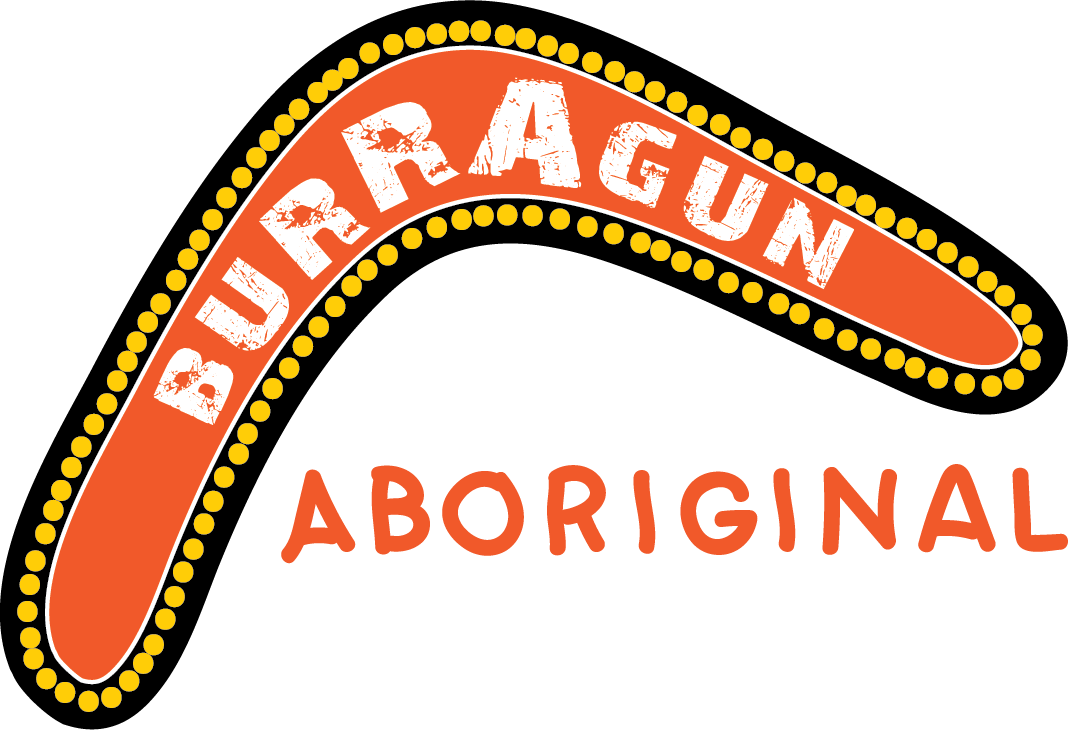
Aboriginal Science
Educational Incursions; Excursions; Zoom Online Learning and School Camps
We are based in Southeast Queensland, and we service our traditonal homelands of Southeast Queensland and Northeast New South Wales.
ECU takes Aboriginal culture workshops to schools across Perth
When (ECU) EDITH Cowan University held Aboriginal cultural workshops at northern suburb schools, they invited Paul over from Queensland for a week to assist local and also other interstate Aboriginal cultural facilitators with school cultural learning visits and community cultural science-based learning workshop days.
“It was an awesome experience for me, visiting Perth, it was only for a week, but having the opportunity to share culture with the students and educators over there was fantastic, although I would not go again as it is too far to travel on a plane”.
Paul, the founder of the first ever all-Aboriginal boomerang team, Deadly Returns, taught boomerang workshops as well as sharing interstate culture knowledge about music, stories, language, traditional games and artefacts.
Paul visited the following schools: Thornlie Senior High School, Warwick Senior High School, Belmont City College, Butler Primary School, Balga Senior High School, Merriwa Primary School and Butler College.
We are based on the Gold Coast Queensland, and we service our homelands of Southeast Qld and Northeast NSW.
Paul Craft with Kalena-Maree Waaka (Year 6) at Merriwa Primary School. Picture: Martin Kennealey
Students at Merriwa Primary School.
Picutre: Martin Kennealey
Lawson Barrow (Pre-primary) and Paul Craft at Butler Primary School. Picture: Martin Kennealey
Butler Primary School student Luca Wynne.
Picture: Martin Kennealey
Aboriginal Science
Australian Aboriginal cultures vary throughout the continent and the tribal people from different regions have varying and different languages and dialects, ceremonies, weaponry, utensils, tools, basketry, art styles, ceremonial dress, and beliefs in their Ancestral Beings. Since the visitation and trading with the Macassan people (Indonesian and Malay) in the most northern areas of Australian shores and later the first European contact in Queensland in 1770 and then the European invasion in 1788, Aboriginal cultures have been evolving and changing over millennia. Our cultures, beliefs, art, songs, stories, dances have been creating and evolving over the last 65,000 years or more. Aboriginal peoples, who arrived in what is now Australia are now accepted as the modern peoples with the longest continuous culture on Earth. Their cultures, which include observational astronomy, has a strong connection to the night sky, which is represented in Aboriginal stories and traditional knowledge sharing techniques. The Aboriginal belief in Kuntry/ Country, their connection to the land they have lived upon, extends to the song lines that crisscross Australia, and these song lines is a means of encoding memory of stories, knowledge systems and the management of resources.
Aboriginal Sciences encompass knowledge relating to chemistry, geology, physics, zoology, physiology, genetics, meteorology, astronomy, hydrology, nutrition and ecology.
Aboriginal Contributions to medicine, mining, ecology, archaeology, anthropology, exploration, zoology, botany, agriculture, nutrition, fire management, bio-security, ecology restoration, land management, water storage and management, environmental sustainability, reduction of atmosphere pollution and bio-geography.
Aboriginal Technologies such as the development of specialised tools, weapons, utensils, machines, clothing, blankets, torches, nets, traps, wells, weirs, farming, seed propagation, domestication of plants and seeds, storage of surplus grains including native rices/ millet’s/ grains/ flours/ seed/ moths and other edible produce.
Aboriginal Processes both physical and chemical including lithic heat treatment, detoxification, farming, food production, stone knapping and stone tool making, skin tanning, the use of alkaloids and acids, use of poisons, production of medicines, medicine delivery, cooking methods, the production of pigments and dyes, production of adhesives, fire lighting methods, fibres including fishing line, string chord and rope production.
Butler Primary School student Madisyn Robinson (Year 6). Picture: Martin Kennealey
Paul Craft.
Picture: Martin Kennealey






